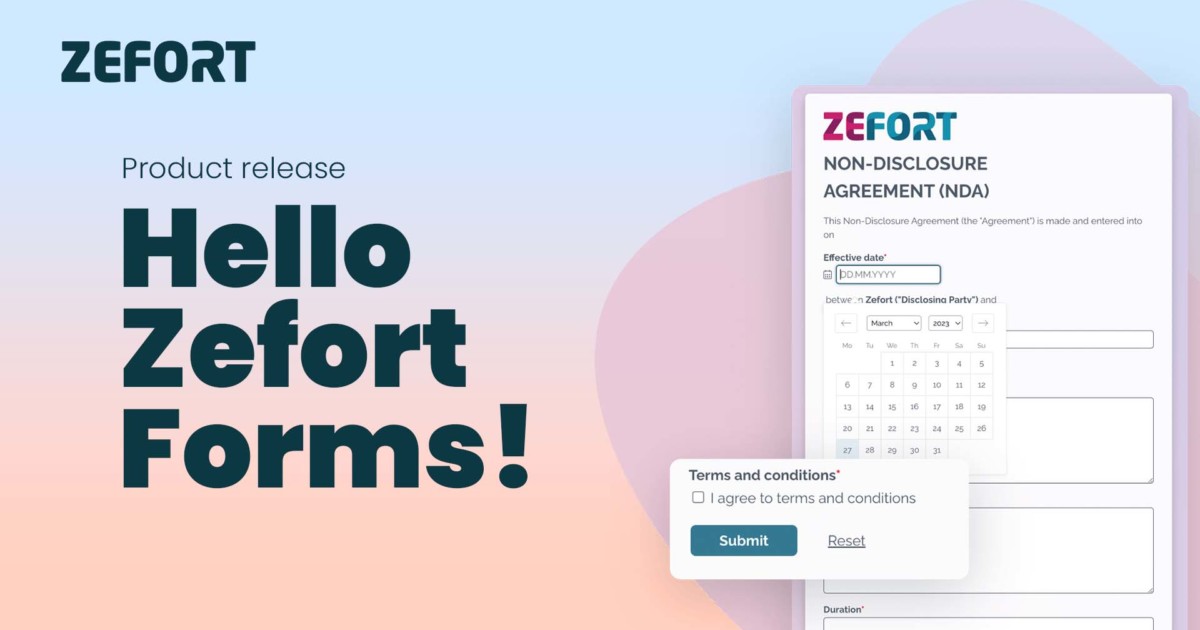Smart contract access: Solving admin bottlenecks in contract management
Contract management often slows down not because of legal reviews or complex negotiations – but because of small administrative gaps that grow into big delays.
Contract Managers and admin teams carry a lot of responsibility: ensuring contracts are accessible, secure, and organized across departments. But when tools, access rights, or processes aren’t aligned, small issues can quickly turn into major bottlenecks.
Here’s what might be slowing things down – and how you can build a more efficient, scalable contract setup.
1. Too many users, not enough control
As organizations grow, more teams need access to contracts: sales, finance, HR, and procurement. But without clear user roles and permission structures, it’s hard to track of who has access to what – and why.
Mistakes here can lead to risks:
- Former employees retaining access
- Sensitive contracts shared with the wrong team
- Admins spending hours adjusting visibility settings manually
How to fix it:
Use a CLM software that offers granular access controls and structured user roles, ideally integrated with your organization’s Single Sign-On (SSO) solution. With predefined permission templates and centralized user management via SSO, onboarding and offboarding users becomes fast, consistent, secure, and aligned with your existing IT processes.
2. Contracts are stored everywhere (and found nowhere)
When contracts are scattered across folders, inboxes, and siloed tools, even the simplest request – like finding a signed NDA – can take longer than it should.
This lack of centralization wastes time, creates frustration, and increases the risk of working with outdated documents.
How to fix it:
Centralize all contracts into a single searchable archive. Ensure it supports metadata, version control, and integrates with the systems your teams already use.
3. Manual admin work creates drag
Admin teams often handle tasks like setting up users, tagging documents, sending expiry reminders, or updating metadata. When these tasks are manual, they are not only time-consuming – but also error-prone.
How to fix it:
Automate the routine. Look for a solution that offers automated reminders, audit logs, and built-in metadata extraction. That way, your team can spend less time on repetitive tasks and more on making sure the system supports day-to-day operations.
4. IT doesn’t want another complex platform
While admin teams often work with IT, they don’t always have the capacity for tools that require technical support or customization. A contract system that’s hard to configure, maintain, or integrate often becomes a burden.
How to fix it:
Choose a solution that is easy to deploy, stable to run, and integrates smoothly with tools like CRMs, e-signing software, or document systems. The system should be easy to manage even without IT involvement.
What a smooth-running contract setup looks like
With the right contract lifecycle management (CLM) system in place, you can:
- Ensure that the right people have access to the right contracts – nothing more, nothing less
- Find any contract within seconds using search and metadata
- Onboard and offboard users quickly and securely
- Eliminate repetitive admin tasks through smart automation
- Maintain control and visibility without constant IT support
Smart contract access isn’t just about better contract tools – it’s about giving your teams the clarity and control they need to keep the organization running smoothly.
Want to reduce admin friction?
Watch our webinar to see how Zefort simplifies admin work with powerful access management features.




